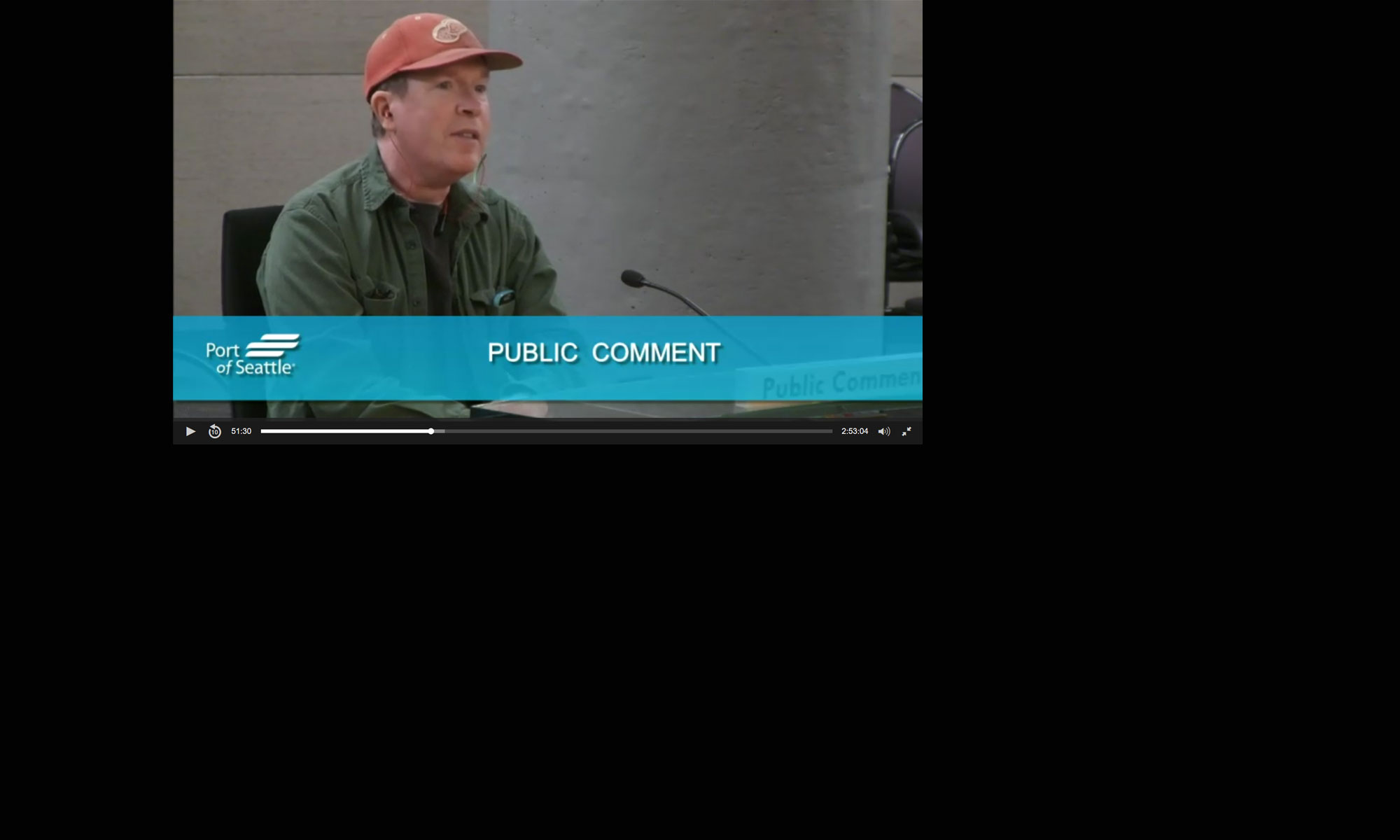Lots of people are confused about the idea of equity, apparently including those at the helm of Seattle Public Schools.
Rightly criticized for maintaining a separate program of high-achieving students filled with white and Asian kids, Seattle’s education leaders have chosen not to widen the pipeline into their Highly Capable Cohort. Instead, they are dismantling those classrooms in the name of fairness.
That’s a flawed interpretation of the concept.
It should mean giving a boost to students who start out with less in order to even their access, not diminishing opportunities for all. But Seattle Public Schools, rather than making individual classes dedicated to accelerated learning more available, is simply taking them off the table.
The results of this shortsighted decision are already showing up, with some families of Highly Capable students pulling their children — and the state dollars that come with them — out of SPS. In the face of a $131 million budget deficit, that’s hardly something the district can afford. And it’s likely to continue.
To be clear, aspects of Seattle’s Highly Capable Cohort raised legitimate questions. The screening-in process was biased toward children of privilege, particularly in the early years when kids start school at widely divergent stages of readiness. Parents of some Black students who had qualified chose not to place their children in the program for fear they would feel isolated.
But what if Seattle began by front-loading enriched lessons to all kids in grades K-2, and offered rigorous after-school, weekend or summer programs to reinforce that preparation — before screening kids for academic promise?
A call for this approach is at the heart of a report released in June by a diverse group of education experts. They point out that high-achieving low-income students are frequently overlooked because their teachers are more focused on helping struggling classmates with basic skills, lifting the bottom quartile, rather than pushing more kids into the top.
Children deemed “Highly Capable” are not merely bright. They are cognitively different from their peers, like special education students. And state law says they are entitled to specific supports, just like kids who are dyslexic. Legislation passed last session mandates that every school district in Washington screen each child twice for Highly Capable services by the sixth grade, though there is broad leeway in how to provide them. (Seattle, to its credit, finally started universal screening a year ago.)
The district has offered few details about its plans for accelerated students and did not make anyone available to answer questions from the editorial board.
If you squint, the approach sketched so far sounds reasonable: Teachers are supposed to augment their general-education classes with advanced exercises for students who need more challenge. The pedagogical term is “differentiation.” It’s difficult under the best circumstances — utterly unrealistic in a class of 28 kids, some of whom may still be sounding out words while others can read at a fourth-grade level.
At its core, this puzzle is about making every child’s education as individual as possible. That means allowing kids to skip a grade if necessary, or permitting fourth graders who can do sixth grade math to join older students for that period. It means aiming for nimbleness. Providing more options, not fewer.
“The U.S. has been wasting a huge amount of human capital,” wrote the National Working Group on Advanced Education in its report. “Much of that wastage is among groups that have for far too long seen their opportunities limited and their potential squandered.”
Equity shouldn’t require shrinking the playing field. Done right, it could mean opening advanced-learning opportunities to every child and doing the hard work to set them up for success.




